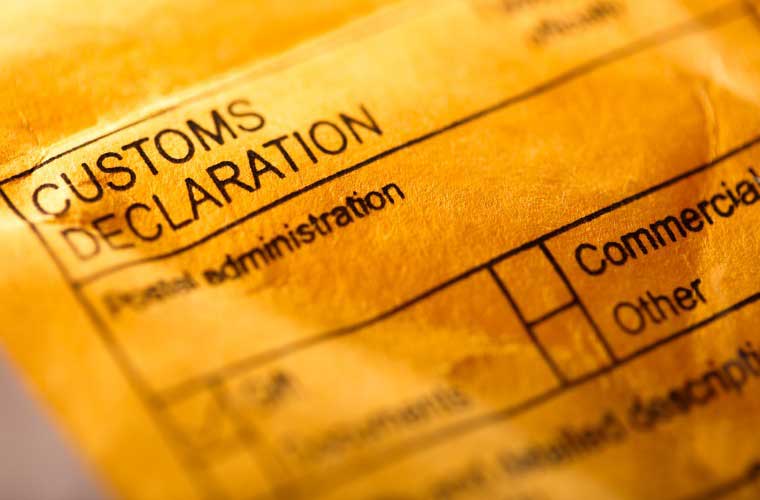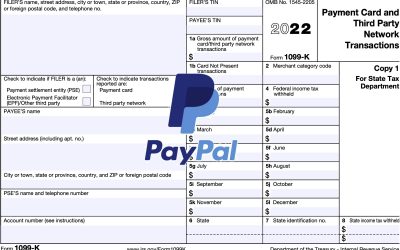Selling Cross Border
In the USA cross-border ecommerce sales are estimated to reach $1 trillion by 2020. This represents over 900 million shoppers making cross-border purchases. One obvious way to increase revenue is to sell “cross-border” meaning to other countries; however doing so is not without its challenges. So what are the two main issues you should consider when opening your doors to international sales?
Product Limitations
Did you know you cannot just sell anything you like to other countries?
Most countries have restrictions and they vary from country to country, so it’s important to do your research first. Some restrictions are quite odd (ball point pens to Africa for instance) and some are more obvious (specific nutritional supplements, CBD oils). Added to these restrictions are international trade sanctions which prohibit selling to certain countries such as Cuba.
So you will need to do your homework. You might also have to enhance your eCommerce solution to allow you designate which countries specific products cannot be sold to. We can do that for you so contact us for a quote.
Customs Duty
How much will it actually cost to get the order to the customer? This is the landed cost. In addition to shipping and insurance, you need to factor in customs duties to calculate the landed cost.
Customs/Import duties vary from country to country. Most countries have a “de minimus” threshold meaning minimum. When the value of the package contents is below this threshold nothing is owed. So the issue is when this threshold is reached. Each product can have a different customs tariff so the math to work this out is quite complex.
Customs can be collected by you (Delivery Duty Paid) and passed onto the carrier to pay or the customer can pay (delivery at place). Clearly it is easier to let the customer pay whatever their country decides the amount is. So how does that work in practice? They pay you for the orders (goods, tax, shipping and insurance) and you ship. The customer is notified by the carrier that the package has had customs customs is due. For instance UPS might advise a customer that they will need to pay $27.45 on delivery. When UPS comes to their door then they hand over a check for $27.45 and UPS hands over the package.
Trouble is if customers do not know up front that customs might be charged then they can get a nasty surprise. So much so, they can refuse delivery and then you are left with the cost of a return shipment and the bother of restocking as well as refunding their payment. So how do you deal with that?
Delivery at Place – Simple Approach For Small Volume International Orders
You must make this clear both on your shipping page and during checkout that customs might be due. Ideally you would get the customer to explicitly accept order terms that include this fact. Better, you can help them estimate the possible amount to be paid by providing a link for the customer such as Border Buddy or SimplyDuty. Before you ship, you need to advise the customer as part of your order update that they will need to pay customs. Give them time to decline before shipping. You lessen your risk but it still exists. Or you could calculate and collect the duty before hand and ship Delivery Duty Paid. You risk over or underpaying of course.
Note: USPS does not offer a Delivery at Place service.
Delivery Duty Paid – Complex Approach For High Volume No Risk
To void return costs and possible charge backs from customers who balk at paying customs on delivery, your only option is to collect customs duties up front. Calculating this is complex . You would need to use a tool that allows to to collect this during checkout. Services such as AvaTax can do that. Can you specific carrier do that? You would need to check.



